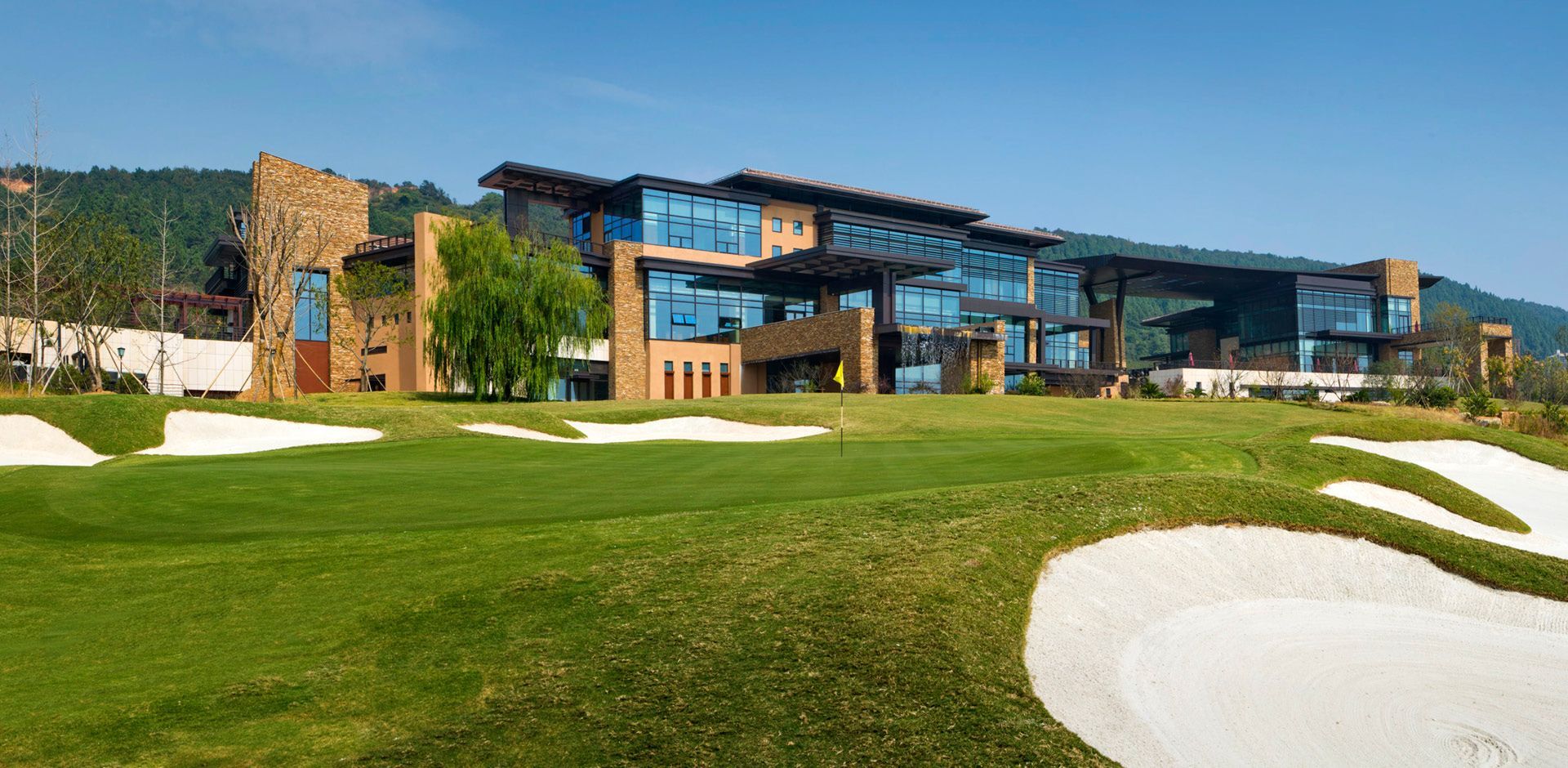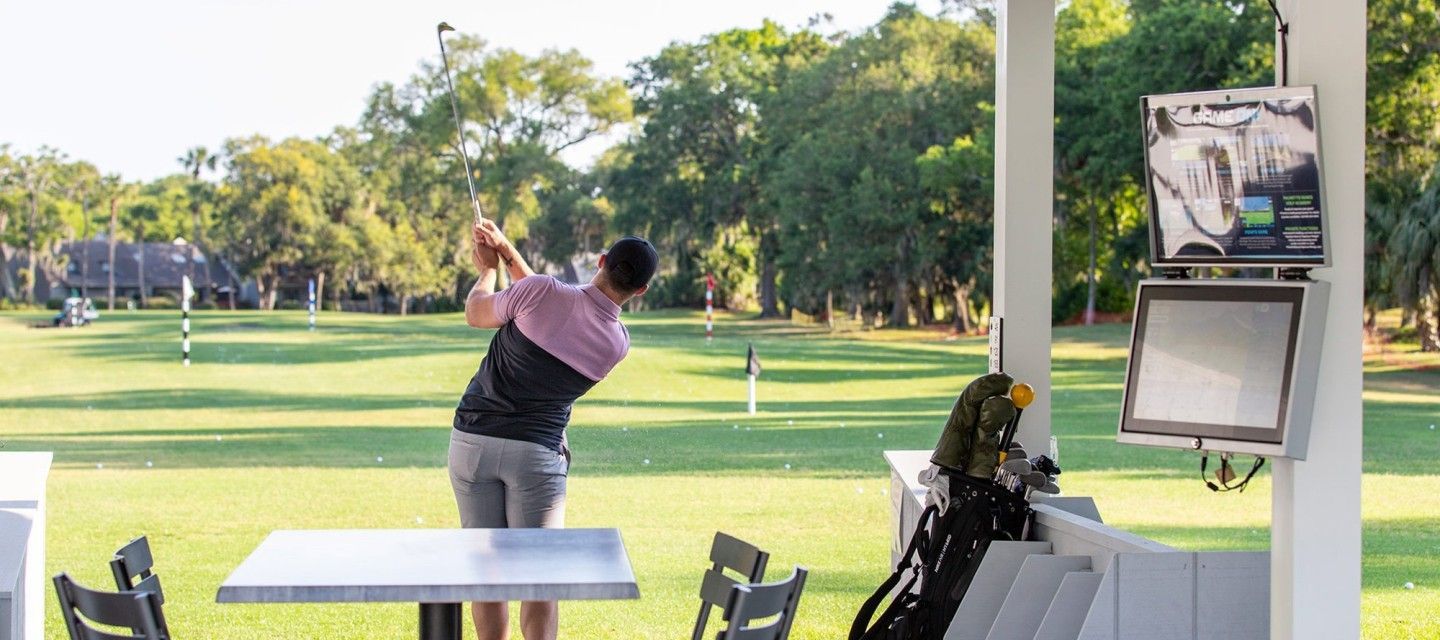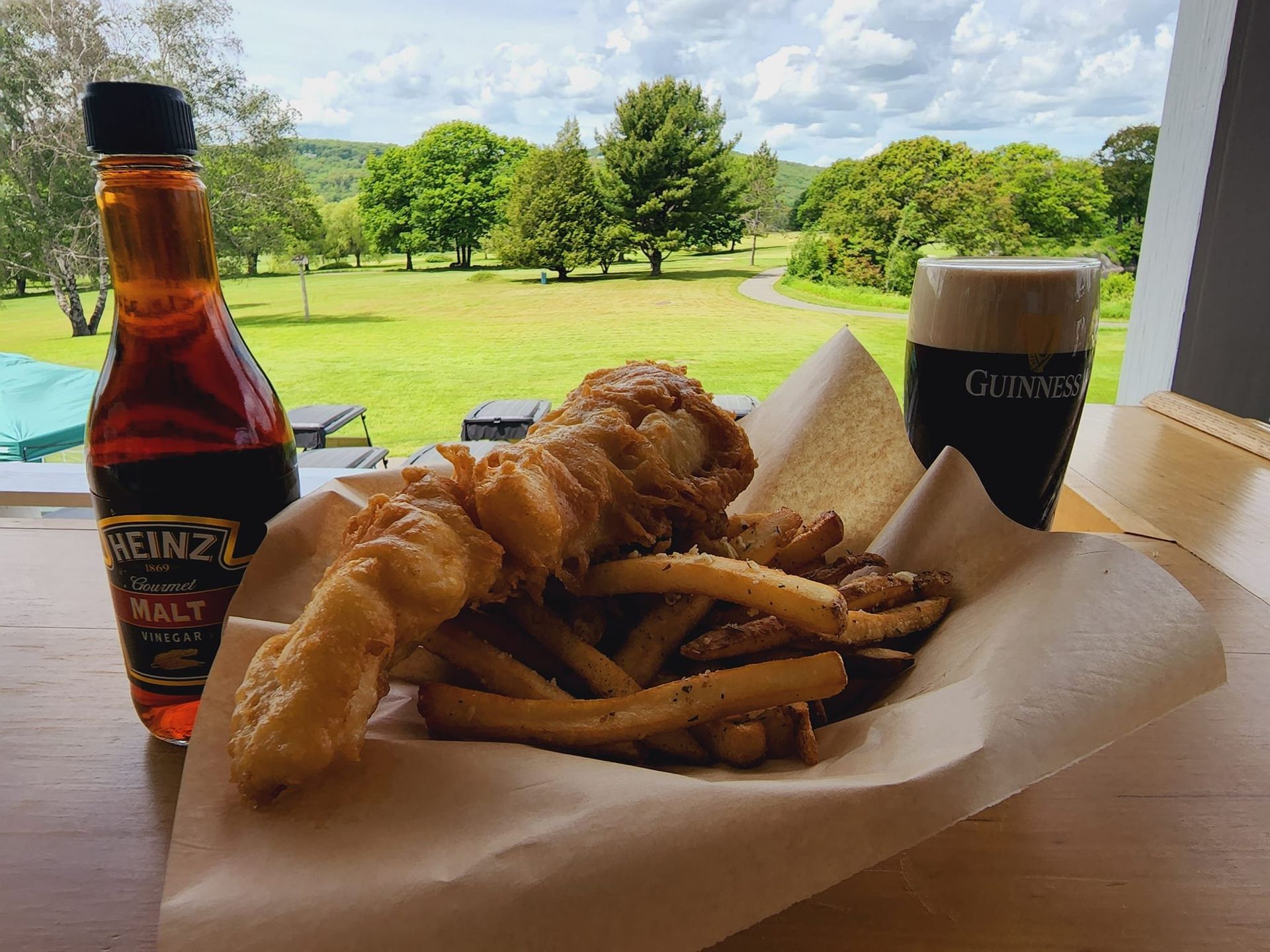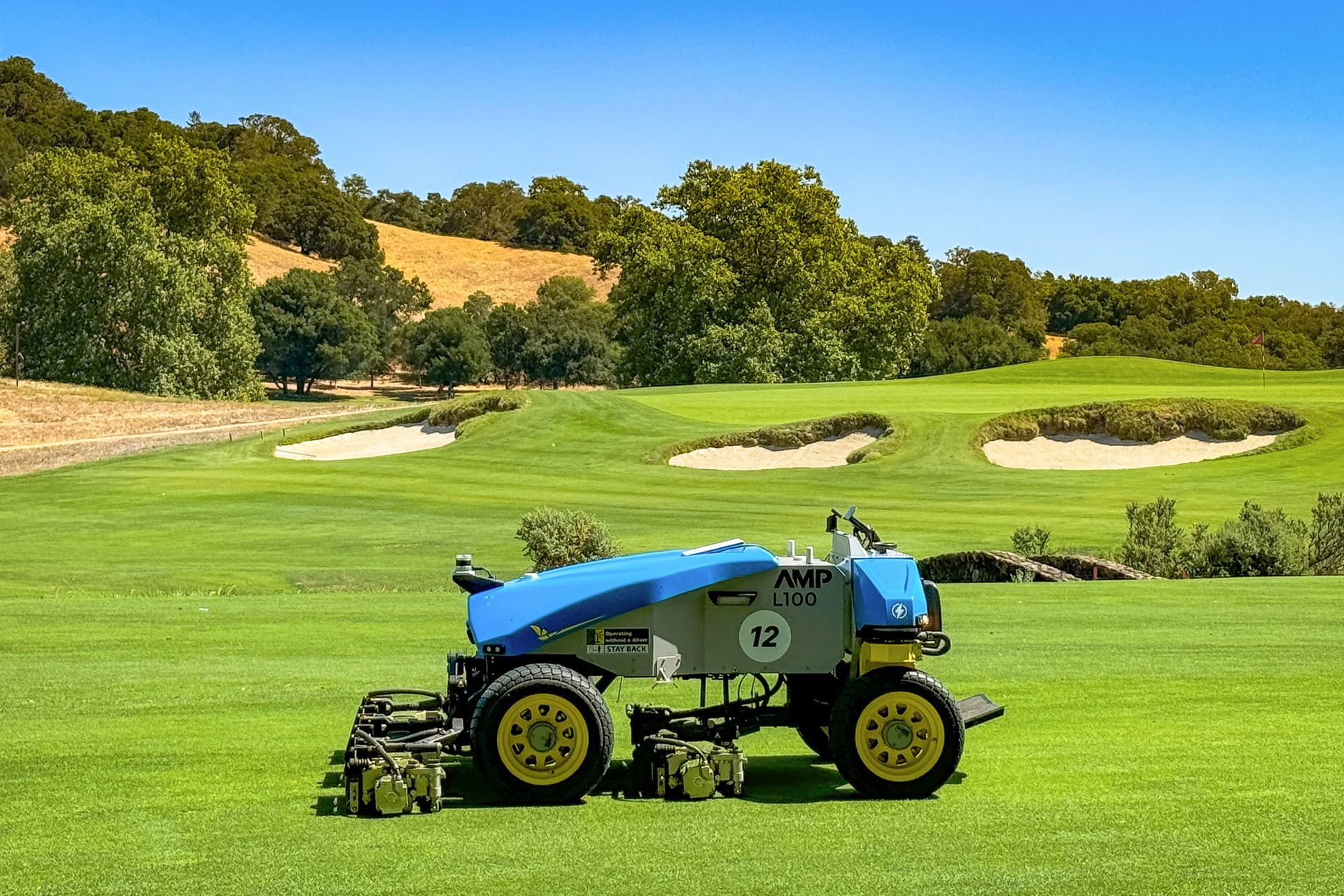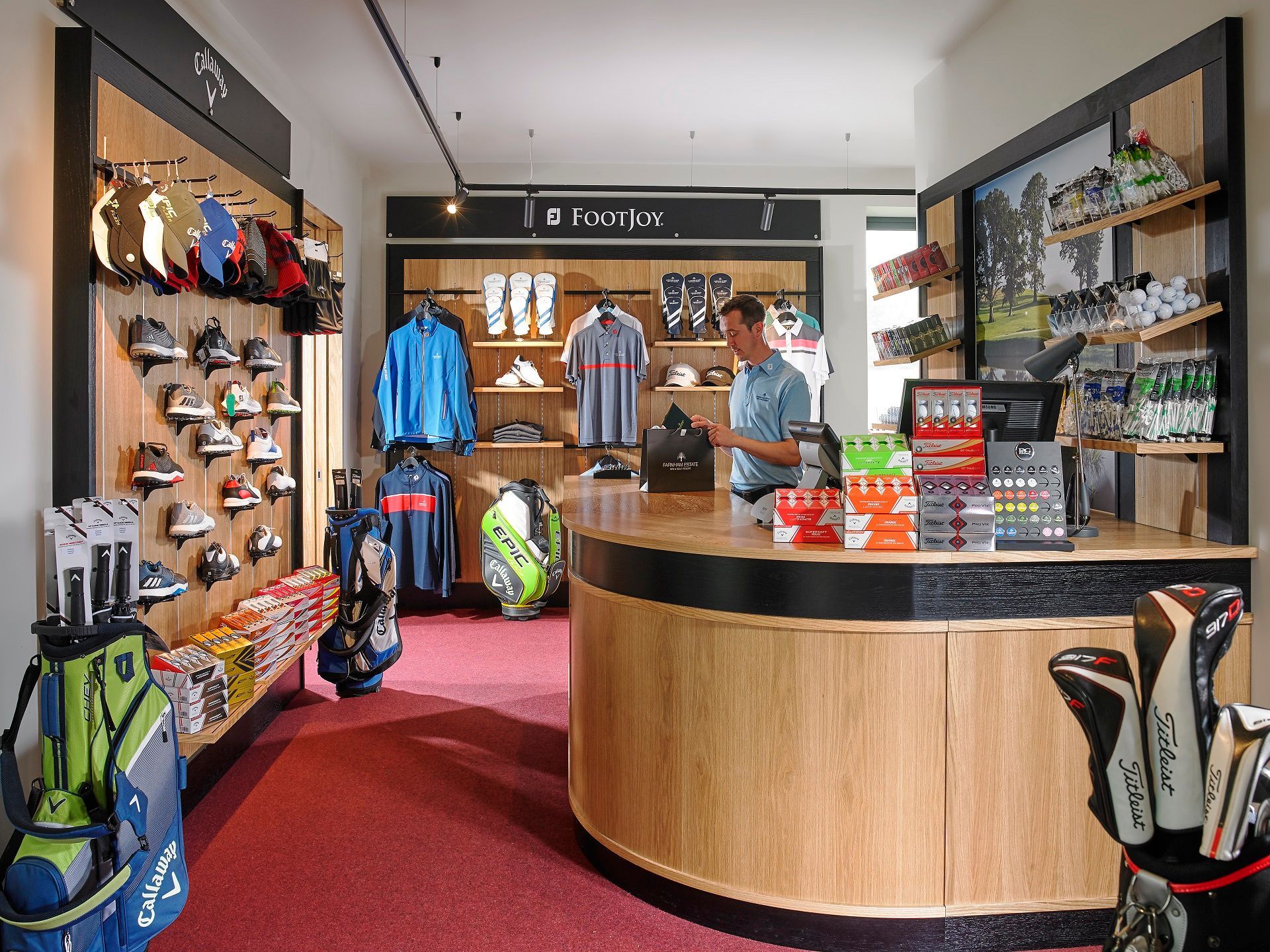July 23, 2025
Connected Greenskeeping: How Maintenance Teams Use Tech to Stay Ahead of Play
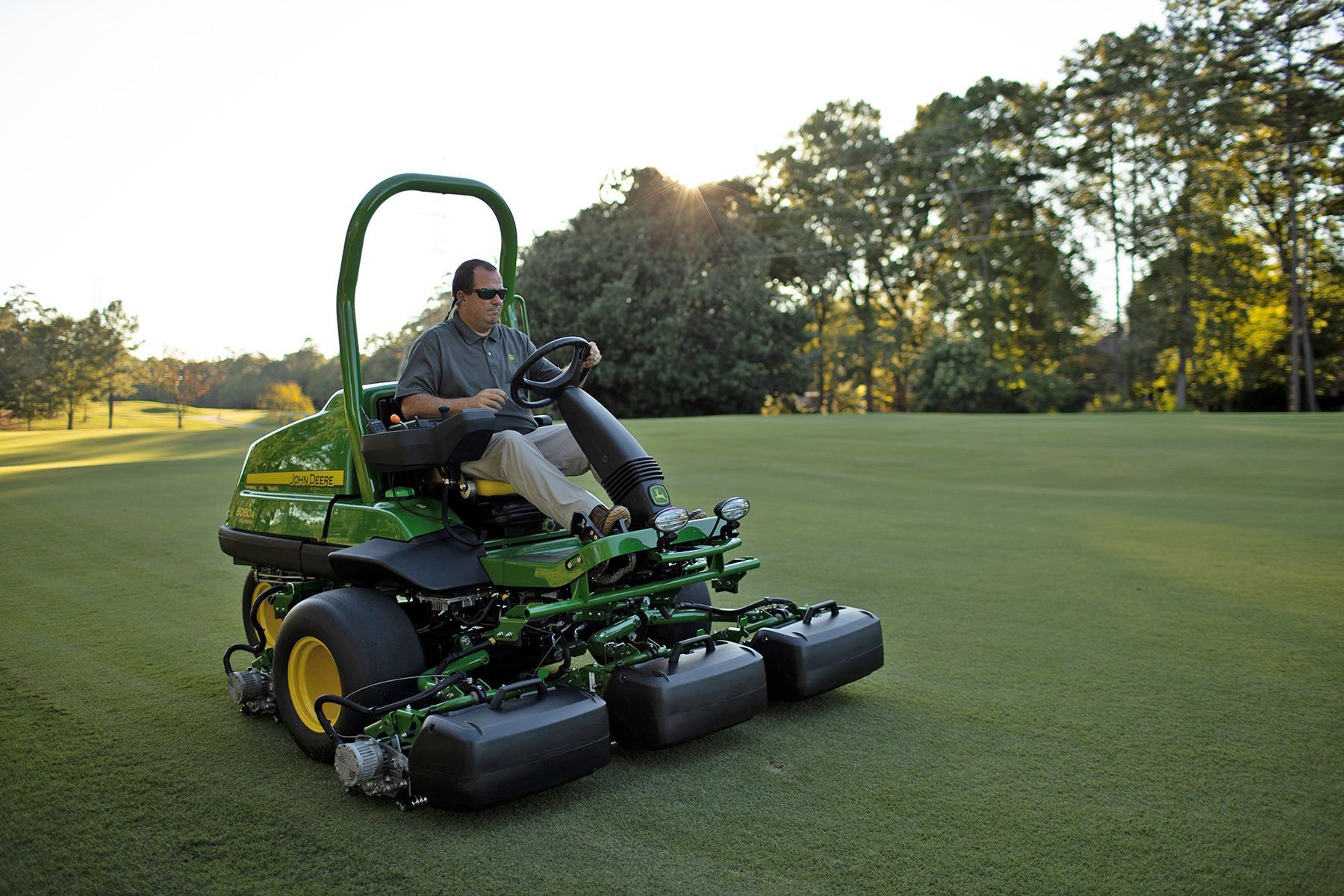
Exploring the Modern Tools That Help Golf Course Maintenance Crews Improve Turf Quality, Efficiency, and Golfer Experience
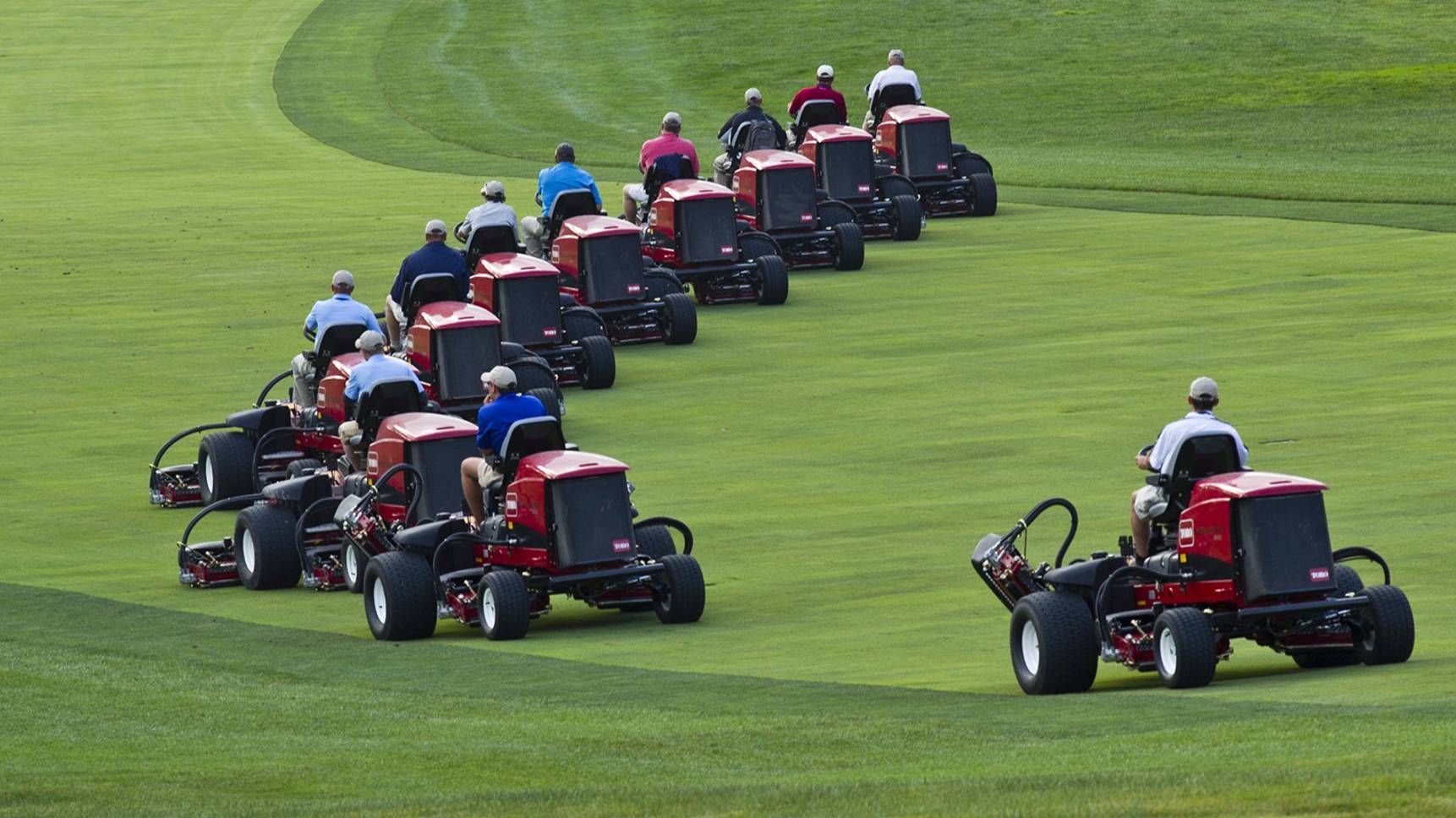
Greenskeeping in a Digital Era
Greenskeeping has always been a craft rooted in timing, observation, and attention to detail. But in today’s competitive and fast-moving golf industry, traditional methods alone no longer cut it. Maintaining pristine playing conditions now requires something more: connectivity. The integration of modern technology into maintenance routines is transforming how superintendents plan, communicate, and execute—leading to better results across the board.
The digital evolution in golf course operations extends beyond tee sheets and point-of-sale systems. Now, course maintenance teams rely on software platforms, smart equipment, and real-time data to make informed decisions on the fly. With play happening seven days a week and member expectations higher than ever, greenskeeping teams must stay agile, coordinated, and responsive.
Technology isn’t replacing the hands-on skill and institutional knowledge that make a great crew—it’s amplifying it. It enables teams to optimize their routes, adapt to conditions, and reduce interruptions for players. It also helps operators balance course quality with labor efficiency, which is critical in today’s resource-tight environment.
As more clubs embrace smart course management systems, connected greenskeeping is becoming the norm rather than the exception. The result is a more predictable, efficient, and player-focused operation—one that runs with less friction and greater confidence, no matter the demands of the day.
Real-Time Scheduling and Staff Coordination
The pace and precision of greenskeeping are often dictated by how well crews can communicate in the moment. With traditional methods, teams may lose valuable time due to unclear instructions, shifting weather, or unexpected course activity. But with connected scheduling tools, superintendents can instantly update job lists, reassign tasks, and track progress from anywhere on the property.
Modern mobile platforms allow managers to coordinate staff in real time using shared dashboards and task-based apps. Instead of printing daily assignments or relying on walkie-talkies, crews receive push notifications and mobile updates that align with the latest tee sheet or weather alert. These changes are seamless and instantaneous, helping teams avoid gaps or redundancy.
This kind of flexibility is especially valuable during peak days, when every minute matters. If the first group goes off early, or a group unexpectedly cancels, maintenance can pivot without confusion. If bunkers need an extra pass or a tee box is wearing faster than expected, it’s easy to adjust plans and deploy support where it’s needed most.
By creating a live communication loop, these platforms reduce inefficiency and empower staff to make better decisions without waiting for top-down instructions. The result is a course that responds in real time to what’s actually happening—delivering better playing conditions without overextending the team.
GPS and Equipment Integration
Equipment that knows where it is—and where it’s been—is revolutionizing turf management. GPS-enabled mowers, sprayers, and utility carts give maintenance teams precise control over every square foot of the course. This tech doesn’t just improve accuracy; it reduces waste, improves safety, and increases accountability.
Crews can now follow pre-mapped routes that ensure full coverage without overlap. Spraying and fertilization routines become more consistent, while data logs track speed, volume, and location of treatments. If a section of turf struggles to perform, managers can check the data and pinpoint the issue—whether it’s a missed pass, equipment error, or operator issue.
In addition to daily execution, this technology supports long-term planning. Patterns emerge over time that show how foot traffic, cart flow, and mowing frequency affect turf health. With this data, operators can make smarter choices about rotation, rest, and recovery—preserving the quality of the course while optimizing labor.
GPS also improves operator training. New hires can follow clear visual paths rather than relying on memory or guesswork. It shortens the learning curve and ensures even inexperienced crew members can complete tasks with consistency and confidence.
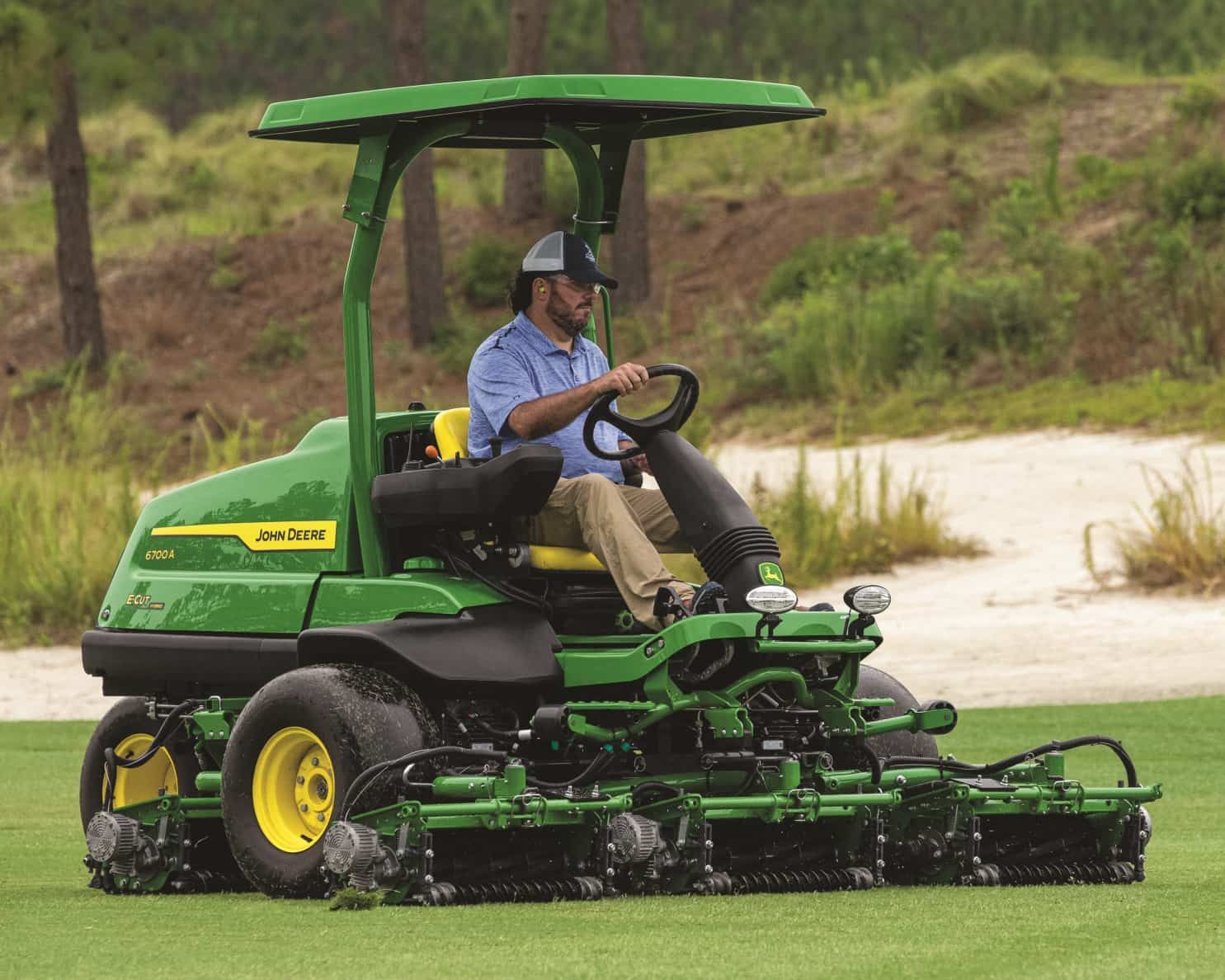
Weather Tracking and Environmental Sensing
Course conditions don’t just change with the season—they can shift by the hour. That’s why environmental data has become a critical piece of connected greenskeeping. Superintendents now rely on weather integration tools and in-ground sensors to make moment-by-moment decisions about mowing, watering, and resource use.
Modern weather systems can provide hyperlocal forecasts that are accurate to within a few hundred yards. Paired with radar overlays and automated alerts, this allows managers to delay mowing before a sudden rainstorm or halt fertilization before wind speeds spike. These small decisions prevent waste and protect turf without slowing down operations.
Soil sensors have added another layer of intelligence. Installed in key zones, these devices monitor moisture, salinity, and temperature in real time. Teams no longer have to guess when to water or how much—data tells them exactly what the turf needs. This not only improves plant health but drastically reduces overwatering and the cost of irrigation.
As sustainability becomes a growing concern for golf operations, environmental sensors also help clubs monitor their ecological footprint. Water use, chemical runoff, and fuel consumption can all be minimized with better information and proactive management. For environmentally-conscious golfers and club boards, this data offers measurable proof of responsible stewardship.
Staying Ahead of Play With Predictive Tools
Being reactive is expensive. From labor to lost rounds, responding to problems after they’ve started is far more costly than preventing them in the first place. Predictive tools allow superintendents to stay ahead of play and plan for turf needs before stress becomes visible or disruptive.
These tools combine data from weather forecasts, tee sheet patterns, GPS movement, and historic turf performance to create models that suggest optimal maintenance timing. Rather than waiting for signs of wear or hearing complaints from players, greenskeepers can preemptively rotate pin locations, schedule mowing, or reroute cart traffic based on projections.
This kind of foresight ensures the course remains balanced—protecting both the turf and the player experience. It also minimizes the need for emergency repairs, reduces overstaffing, and lowers the risk of burnout among key maintenance personnel.
In the context of tournament days or heavy weekend play, predictive planning makes a huge difference. Knowing when and where to increase focus allows for smoother transitions, fewer slowdowns, and a course that feels fresh all day long. The best course conditions don’t just happen—they’re predicted, planned, and executed with purpose.
Cross-Team Communication Improves Flow
A connected maintenance team is only as strong as its relationship with the rest of the operation. With more golf clubs operating as multifaceted businesses—offering events, lessons, dining, and retail—coordination across departments is essential. Technology that links greenskeeping with golf ops, F&B, and management brings the entire property into alignment.
When maintenance has visibility into tee times, event schedules, and clubhouse activity, they can avoid high-traffic zones and adjust work based on guest flow. Likewise, if an issue arises—a broken irrigation line or unexpected equipment failure—the golf shop is informed instantly and can adjust its messaging or accommodate delays.
This level of communication creates a unified guest experience. Players don’t see the behind-the-scenes coordination, but they feel its effects: fewer delays, cleaner transitions, and more consistent service. It also fosters a stronger team culture, where departments respect each other’s workflows and align around shared goals.
Ultimately, a course is only as smooth as the coordination between its teams. The more connected greenskeeping is to the rest of the property, the easier it is to deliver excellence across the board.
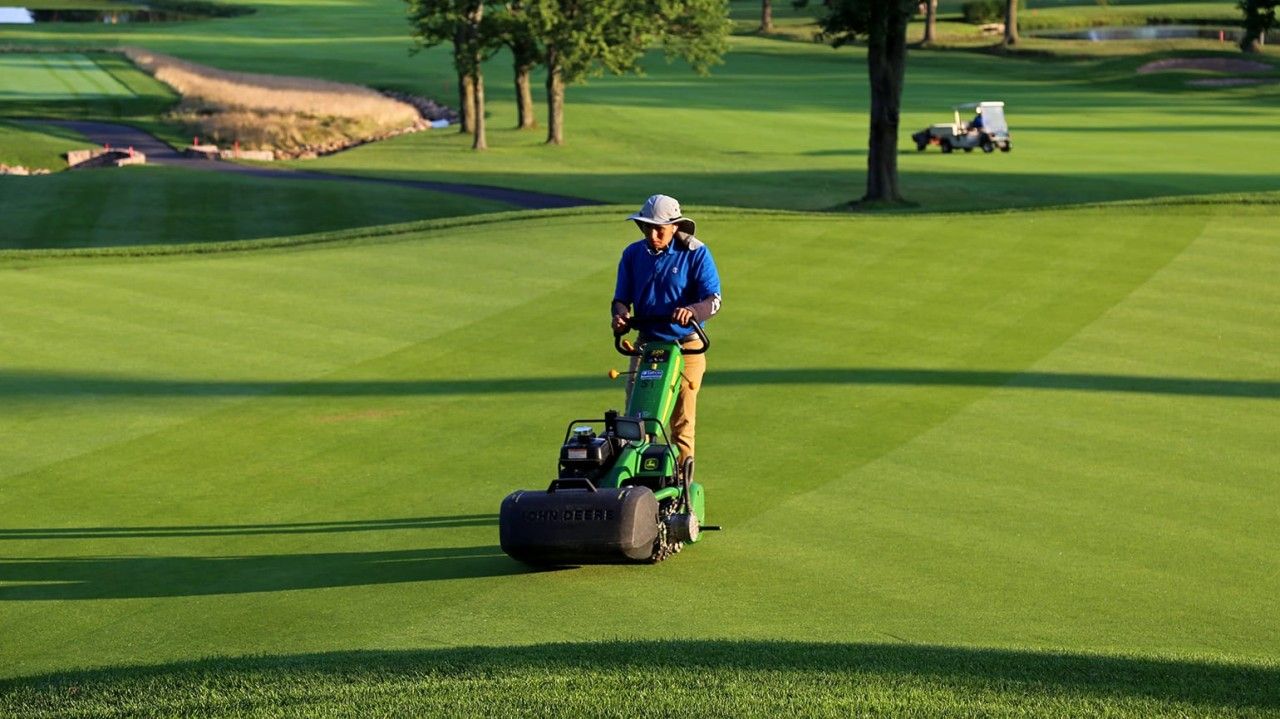
Smarter Turf, Smoother Play
Technology has become a quiet force behind every well-maintained course. It’s in the GPS paths that guide mowers, the soil sensors that drive irrigation, and the mobile tools that keep staff in sync with play. For modern maintenance teams, these tools are not just conveniences—they are essential infrastructure that drives results.
As clubs look to meet rising expectations and run more efficient operations, connected greenskeeping stands out as a high-impact, high-return area of investment. It enables superintendents to do more with less, protect their most valuable asset—the turf—and deliver the kind of consistent playability that keeps golfers coming back.
Fairway Control helps bring this vision to life. Our software platform connects the tee sheet with operations, giving greenskeeping teams real-time visibility into player flow, course usage, and scheduling. By aligning maintenance tasks with actual on-course activity, Fairway Control helps your team stay ahead of play, avoid interruptions, and manage resources with precision. Whether you manage a daily fee course or a private club, Fairway Control makes it easier to deliver excellence from the first cut to the final putt.
More from Fairway Control
